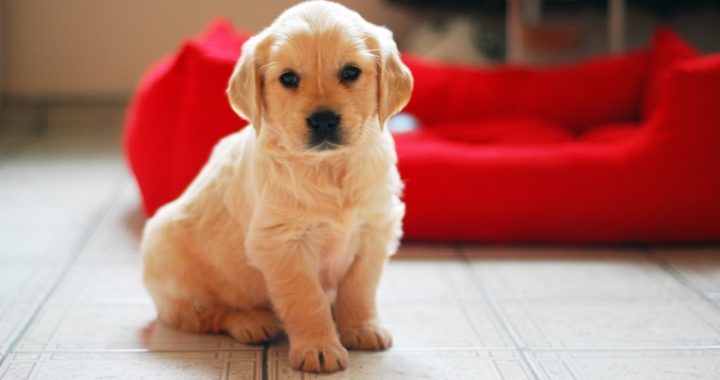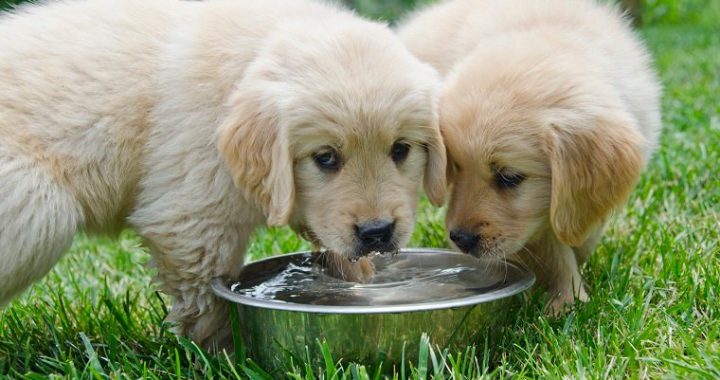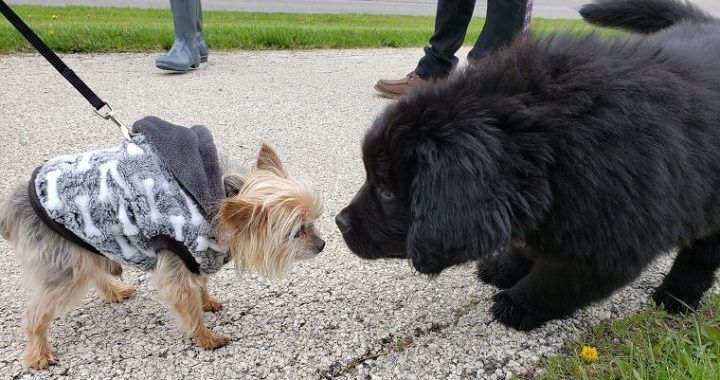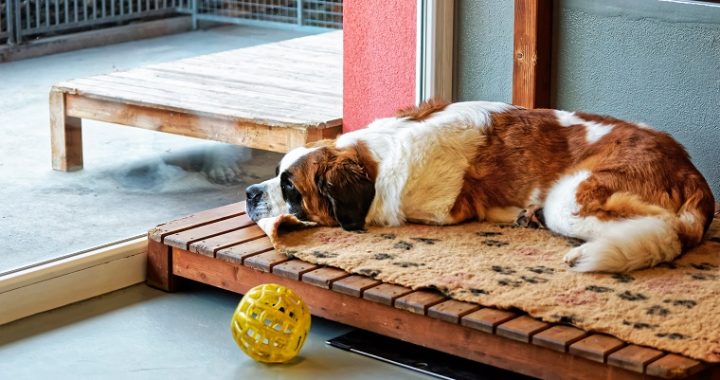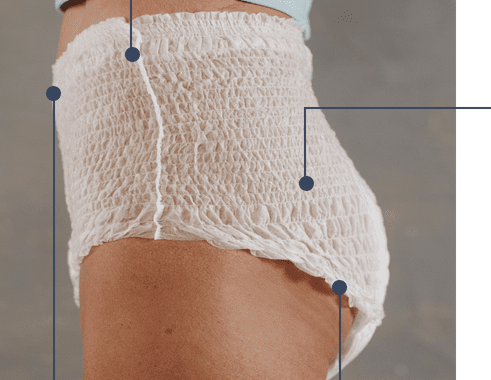5 Tips for Introducing a New Puppy to your Dog
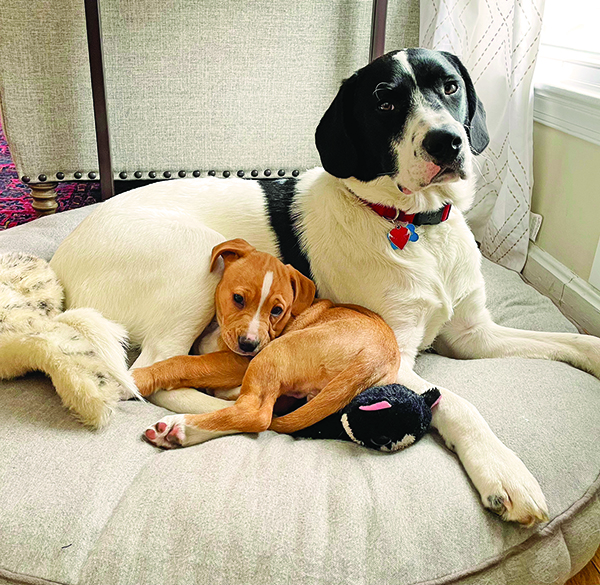
5 Tips for Introducing a New Puppy to your Dog
Sheesh, I figured my canine would adore having another companion, yet he is in effect so mean to the new little doggy!”
I hear this all the time from stunned proprietors. Yet, what’s astounding to me isn’t the occupant canine’s conduct. It is the way that the people being referred to had an assumption for guaranteed euphoria.
Without a doubt, this can happen now and again – especially if the current canine is extremely youthful and totally lives for playdates with his local companions. Then, at that point, the appearance of another little dog may evoke one of those “You complete me!” minutes deserving of TikTok, YouTube, and Instagram.
Yet, that moment companion situation ought not to be any canine proprietor’s going-in presumption. To get why we should attempt a little psychological test: How might you feel if your folks concluded that you required another closest companion? And afterward …
- Brought a more unusual home to live with you, every minute of every day.
- By the way, it turns out their concept of an extraordinary companion for you is a baby! What the hell?! This isn’t played, it’s looking after children. Also, it’s debilitating and exhausting simultaneously.
- Plus, the most awesome aspects of your day have vanished because your folks are so caught up with the new child.
- Furthermore, you’re obviously expected to permit the odd little child to climb all over you until you’re wounded and to allow him to take your stuff until it’s destroyed.
- The awful last bit of trouble that will be tolerated: When you acknowledge the minding and really attempt to show the baby great habits, your folks are distraught at you constantly, saying, “Don’t be so mean!”
See what I mean? We ought not to be astounded when our canine isn’t promptly excited with the new little dog.
SMOOTHING THE WAY
Regularly, on the day another doggy is gotten back, occupant canines are anyplace from somewhat uncertain to not in favor. Relax yet! There will probably be steady advancement consistently. While there are some tragic situations where a grown-up canine can’t acknowledge a little dog in any event, when you’re doing everything right, in my experience, more often than not, by Week 3 things have settled pleasantly.
It is not necessarily the case that I concur with the guidance, normally given to people whose more established canine isn’t partaking in the new little dog, to “simply let them work it out.” Ugh. When there are about six simple things we can do to smooth the start of that expected kinship, why on earth would we subject our two evidently adored canines to the dread, bitterness, and disappointment of working it out themselves?
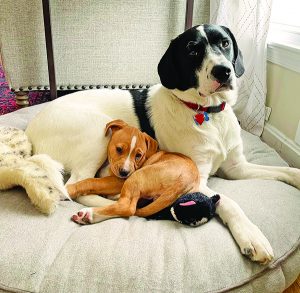
Here’s how you can facilitate the progress for your more seasoned canine, make a more secure, all the more formatively sure situation for your doggy, and increment the chances that the two will immediately turn out to be genuine companions.
1. Deal with the climate so little dog contact is consistently discretionary. A more established canine ought to never be compelled to spend time with a doggy. Use entryways, containers, seats, and whatever else you need to cause a circumstance where your more seasoned canine can generally get away and head to a quiet “grown-up swim” situation somewhere else in the house.
Young doggies can be discourteous. For your canine, playing with a little dog isn’t equivalent to playing with a pleasant grown-up canine. While a few canines are unquestionably open-minded toward the entirety of the mouthing and hopping – and even appear to savor the keeping an eye on – others are naturally shocked from the start. On the off chance that you trap your grown-up canine with the doggy, you are asking excessively. Your canine will be worried and miserable, and your little dog might wind up hurt.
Note that probably the most pup amicable grown-up canines can be somewhat overpowering to new little dogs, so the “no constraining” counsel goes both ways. Ensure a little pup has a couple of simple retreats – maybe under sofas and seats – with the goal that the pup likewise gets an opportunity to pick in or out contingent upon solace level. Let them both pick the entirety of this at their own speed. (Note that it may not be your favored speed!)
2. Allow your grown-up canine to snarl. I recoil when I hear individuals teaching their more seasoned canine, “Shadow, be pleasant!” in a compromising tone. Shadow is being pleasant by consenting to spend time with this baby! The least you can do is give him the instruments he needs to show the doggy some significant exercises.
The quickest method to persuade a more established canine that this little dog truly is a horrendous new development is to combine the doggy’s essence with the inclination that he is continually very nearly being in a difficult situation: “At whatever point I interface with that pup, Mom gets frantic at me.”
If you have, sick consciously caught your more seasoned canine with the pup, the subsequent snarls and snaps could, truth be told, be risky. In any case, assuming you have made collaborating discretionary, you realize that Shadow has really decided to be with the little dog. All things considered, his snarl, and that startling-looking little snap/growl, are essential for solid limit setting. It might look troubling to you, yet Shadow’s acceptable habits exercises will wind up keeping the doggy more secure with different canines over the long haul.
So this is what to say as opposed to compromising your canine to “Be decent!” when you hear him snarl. What about saying, “Great job, Shadow! Much obliged to you.” When your grown-up canine feels your help, he will be significantly more strong in his cooperations with this little guy.
3. Try not to change your canine’s best stuff. At the point when individuals embrace another doggy (or beside, welcome another child into the home), they realize that it will be up to 14 days of complete disturbance. They are certain that ultimately routineness will return.
Do you realize who doesn’t realize that? The inhabitant canine. So the exceptionally most thoughtful thing you can do is to recognize your canine’s main three things throughout everyday life and ensure they are undisturbed by the appearance of the intruder. Is it the morning stroll with Dad? The after-work round of bring with Mom? The everyday playdate with Rover across the road? Whatever your canine loves best, leave those foundations of a cheerful life set up when the pup shows up. If the pup is matched with Shadow’s deficiency of his extremely most loved things, how would you think he’ll feel about the little dog? Giving your canine strength will assist him with being at his liberal best with the new doggy.
4. Exhaust your little dog somewhere else. More often than not, the new little dog’s extremely most loved thing will be the occupant canine. As complimenting as that might look, it is exceptionally difficult to be the consistent beneficiary of that much energetically delivered actual love the entire day.
Help your canine out and track down some different companions for your doggy to venerate. In a perfect world, there is another little dog straight up the road, and a couple of times each week you can take those sharp teeth and the wild bouncing and pair it with a similar mate. If you’ve prepared, you might have effectively held space in your nearby power-free mentor’s little dog kindergarten classes or pup socials. Do you realize what occurs straightaway? You will get back a very chill little dog, who may unexpectedly strike your more seasoned canine as sort of a pleasant child.
5. Two canines = Duck! Fish! Feta! At long last, begin to make some fun new encounters for your canine that just occur close to the doggy. Discover a treat that you’ve never given to your canine. Possibly it’s those dried fish 3D shapes at the pet store. Possibly it’s the feta cheddar in your cooler. Whatever it is, bring it out a couple of times each day and offer it to the two canines just when they’re together. Presto! Regardless of whether your canine isn’t yet really partaking in the organization of the pup, basically here’s motivation to need to be close to the little child occasionally.
